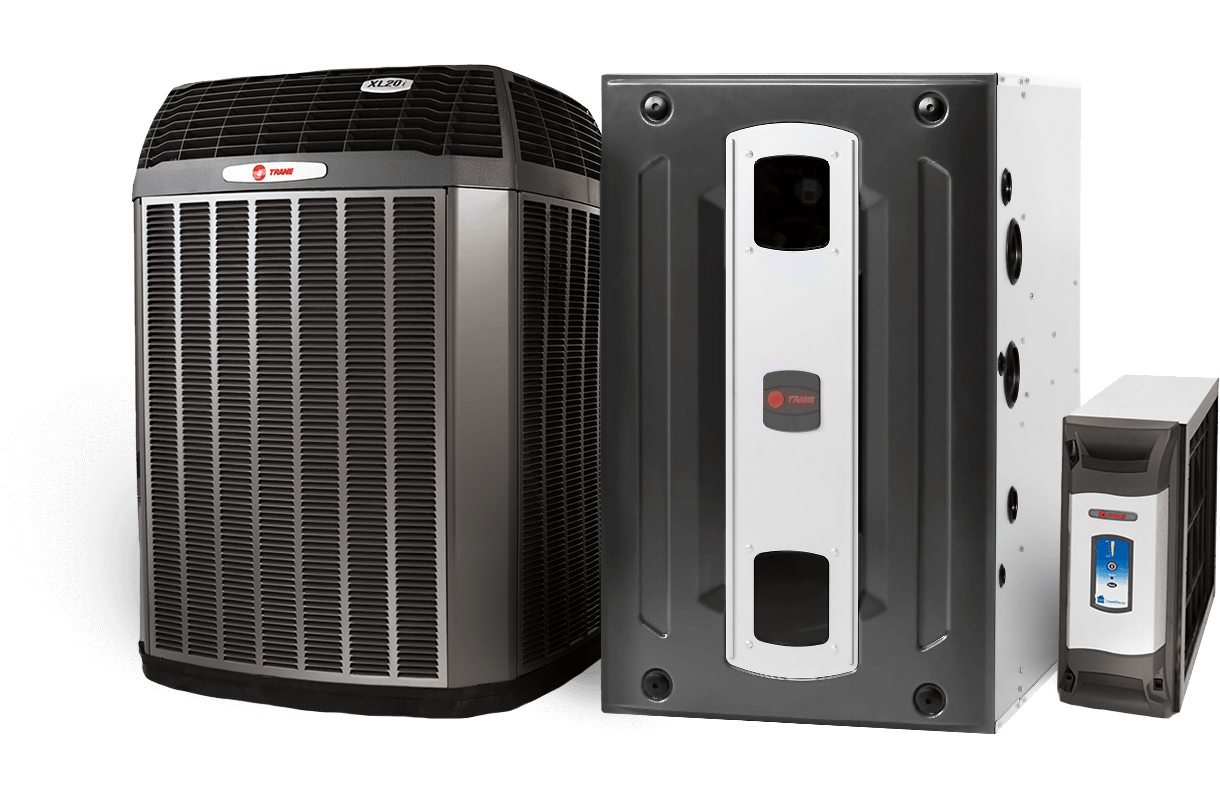Why Choose Friesen's for Your Furnaces?
Welcome to Friesen's – your trusted Trane dealer and dedicated provider of top-notch furnace services in Edmonton, AB. We understand the significance of a reliable and efficient furnace, especially during the chilly seasons. Whether you need a new furnace installation, maintenance, or repairs, Friesen's is your go-to partner for all your furnace needs.
Why Choose Friesen's for Your Furnace Services?
-
Authorized Trane Dealer: As an authorized Trane dealer, Friesen's offers you access to high-quality, industry-leading furnace products. Our affiliation with Trane ensures that you receive top-notch equipment and services backed by the reliability and reputation of this trusted brand.
-
Expert Furnace Installation: Our skilled technicians specialize in furnace installations, ensuring that your new unit is set up correctly for maximum efficiency and longevity. We help you choose the right furnace for your home, taking into consideration your specific requirements and budget.
-
Comprehensive Furnace Maintenance: Regular maintenance is key to the optimal performance of your furnace. Friesen's provides comprehensive maintenance services, including thorough inspections, cleaning, and efficiency checks, to keep your furnace running smoothly.
-
Efficient Furnace Repairs: When your furnace encounters issues, our experienced and certified technicians are ready to provide efficient and reliable repair solutions. We diagnose the problem swiftly and implement the necessary repairs to restore warmth to your home.
What’s Included in Our Furnace Services?
-
Professional Installation: Our technicians handle furnace installations with precision, ensuring seamless integration with your existing HVAC system. We prioritize proper sizing and placement for optimal performance.
-
Thorough Maintenance: We conduct meticulous inspections, clean essential components, and perform efficiency checks to keep your furnace in top condition.
-
Prompt Repairs: In the event of a breakdown, our team provides prompt and effective furnace repairs, addressing issues and restoring your heating system to optimal functionality.
-
Post-Repair Checks: Our commitment to quality extends to post-repair checks to ensure that your furnace is operating at peak efficiency after repairs.
Choose Friesen's for reliable, efficient, and professional furnace services in Edmonton, AB. Experience the comfort and reliability of a well-maintained and properly functioning furnace. Contact us today for a consultation, and let us help you with all your furnace needs as your trusted Trane dealer.

